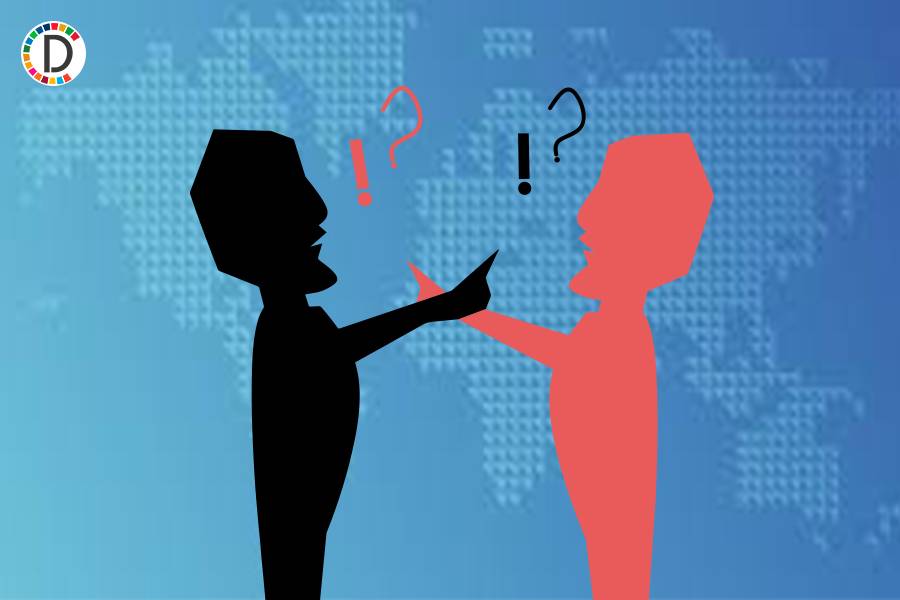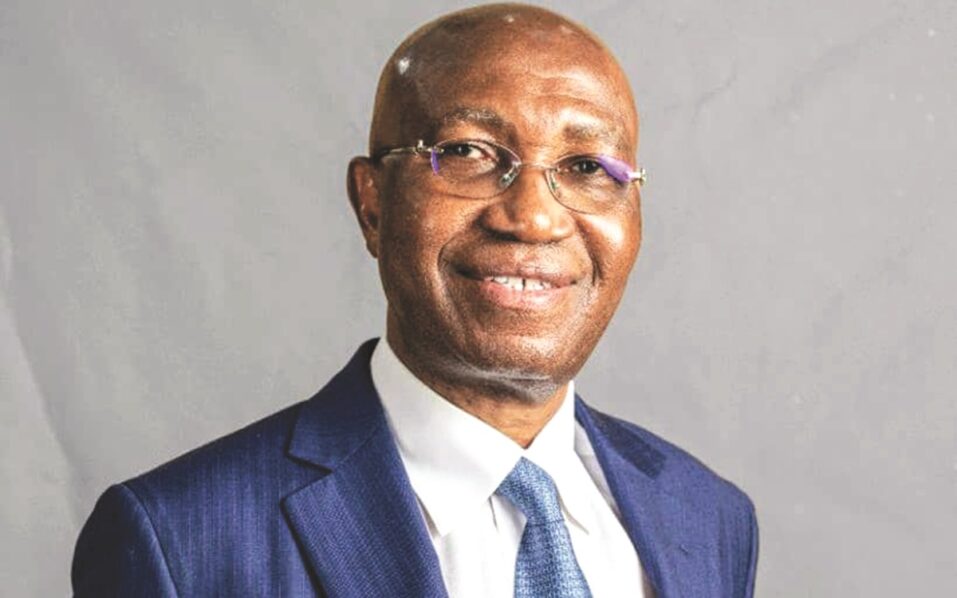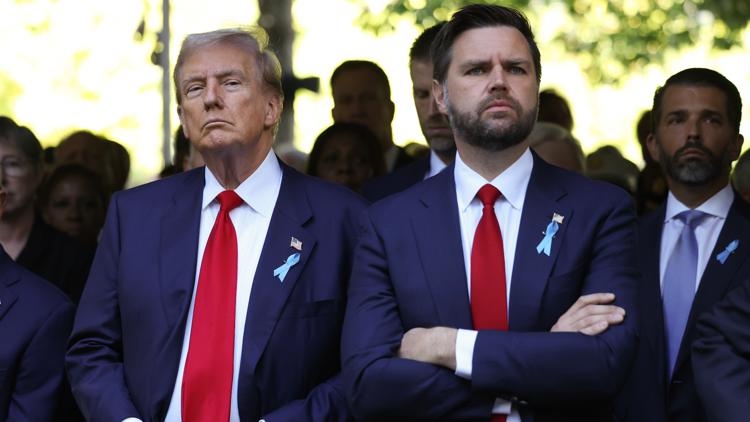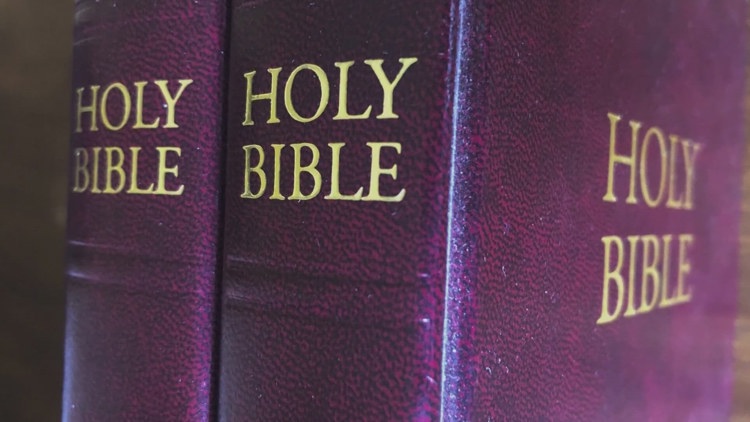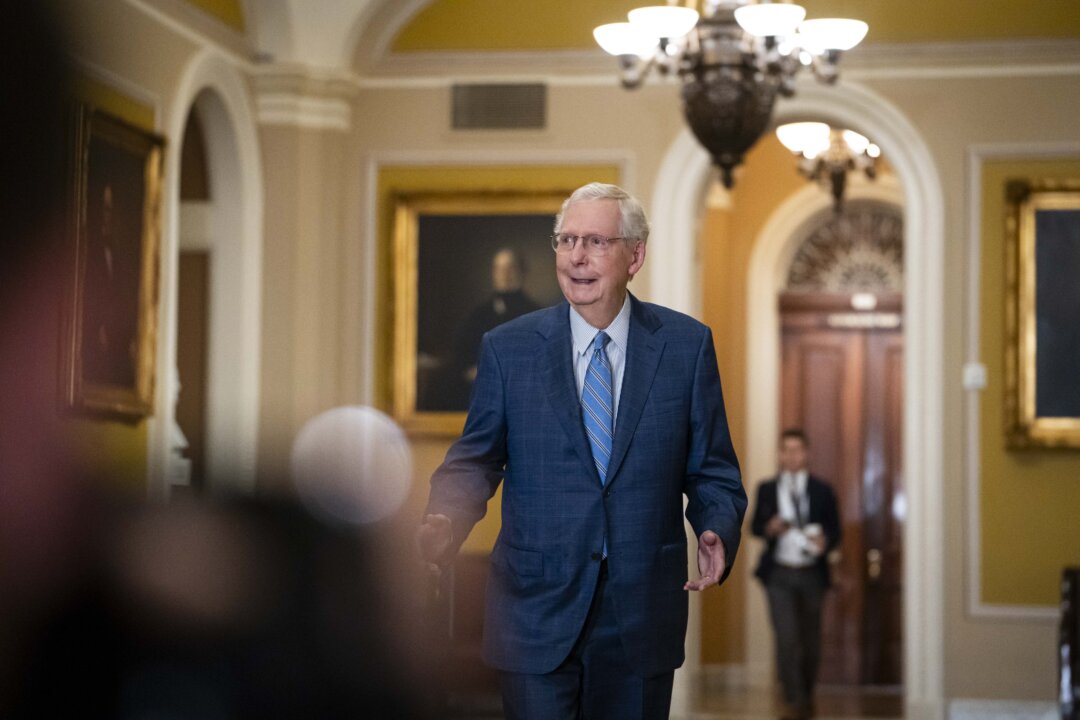
Global poverty and climate change are deeply interlinked. The relationship among human, ecological and climate systems is multidimensional, as climate change disproportionately affects the world’s poor, and poverty exacerbates vulnerabilities to climate change. Our jobs, health, and even cultural values all stem from our natural surroundings.
As a result, climate change has emerged as the most significant challenge of our lifetime and is fast becoming the new paradigm for global development. Climate change worsens economic instability by damaging agriculture, fisheries, and natural resources that many low-income communities rely on for livelihoods. Extreme weather events, such as floods, droughts, and hurricanes, often destroy infrastructure, homes, and businesses in poor regions, setting back development.
Impoverished communities often depend on deforestation, over-fishing, and unsustainable farming for survival, contributing to biodiversity loss and increased greenhouse gas emissions. Poor regions obviously lack infrastructure, technology, and financial resources to adopt climate-resilient practices, increasing their carbon footprint through inefficient means. That said, governments, multilateral banks, and other major development actors around the world have all stepped up financial commitments for climate change.
However, many of these commitments still miss a key ingredient — a distinct focus on the poor and vulnerable, according to some economists at the World Bank. Currently, 90% of climate finance goes towards climate mitigation including clean energy and sustainable transport. While these investments are critical in slowing down the pace of climate change, often, they do not solve the persistent challenges that the poor face.
The world’s poorest people typically lack resources — money, physical assets, and knowledge — to cope and adapt to climate shocks, noted World Bank’s Timothy Clay, Nazia Moqueet and Victoria Strokova. They often respond in ways that further degrade their surrounding environment, creating a vicious cycle of poverty and environmental deterioration. Women are particularly vulnerable and are at a greater risk of losing their livelihoods due to a climate shock than men.
Therefore, governments must work hard to include the poorest, particularly women, in climate initiatives, ensuring they have the resources to cope with immediate shocks, adapt to long-term climate impacts, and benefit from the budding green revolution. If the poor are left to handle the climate crisis alone, the consequences will be clear: migration, civil disruption, and famine — all of which are already beginning to unfold. As climate impacts become increasingly visible, governments recognise the need to adopt climate resilient development strategies that holistically address the intertwined challenges of poverty and climate change.
It is important to note that tackling both challenges simultaneously cannot be achieved through one-off interventions. Reforesting vast landscapes alone does not guarantee improved outcomes for the poor, just as cash transfers, while essential in times of climate disasters, do not ensure enhanced biodiversity. Ideally, programmes should provide an integrated approach that combines poverty and climate objectives, involving various sectors and actors, including social protection, environment, and agriculture.
Undoubtedly, governments must work hard to include the poorest, particularly women, in climate initiatives, ensuring they have the resources to cope with immediate shocks, adapt to long-term climate impacts, and benefit from the budding green revolution..



